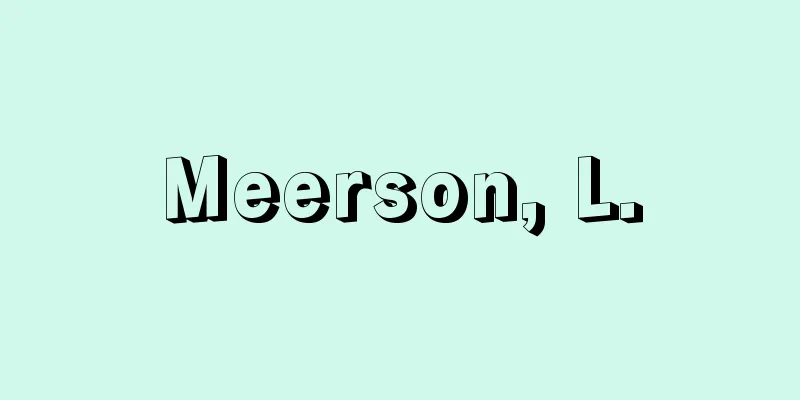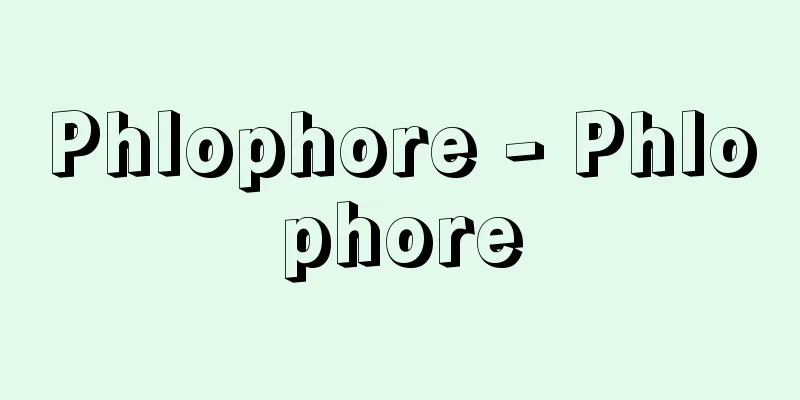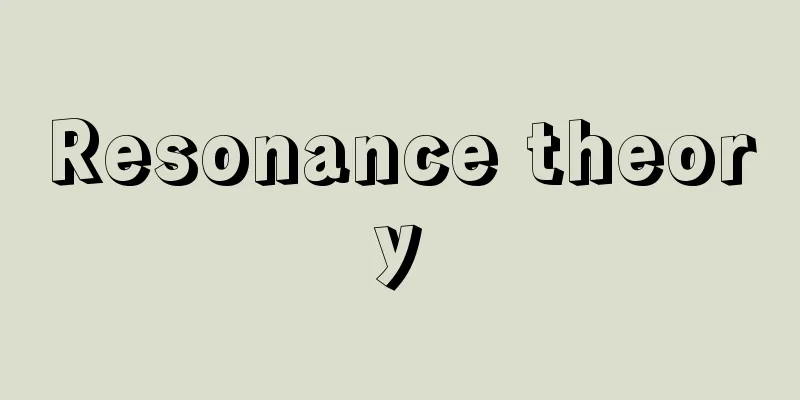Meerson, L.

|
…The term "production designer" was first used by Menzies. In contrast, directors such as Jacques Feydel (1935), who is said to have built the foundations of realism in historical films by recreating Flemish paintings on screen, and Lazare Meerson (1900-38), who worked with director Rene Clair (1930) and "Paris Festival" (1932), who recreated the scenery of Paris' downtown area on an open set, creating a definitive image of Paris, designed equipment that could utilize complex camerawork and subtle lighting on screen. These were representative of the latter, and contributed to improving the status of art directors. The work of Alexandre Trauner (1906-93), a student of Meurson, bore fruit in the works of Marcel Carné and Jacques Prévert, such as Enfants d'Art Du Paradis (1944), which ushered in the golden age of French cinema under the name of "Poetic Realism." After the war, he was invited to Hollywood, where he transformed the concept of art direction in American cinema through such films as Billy Wilder's "The Apartment" (1960) and "Just You and Me" (1963), which recreated the central market in Paris. From "Under the Roofs of Paris"...The first talkie film directed by Rene Clair, who acknowledged that he was the filmmaker who learned the most from Chaplin, and who opposed the easy "talkie" approach because he feared that "sound" would make film art popular. It was shot at a new film studio established by the German company Tobis when it expanded into France, on a skillfully constructed set showing a panoramic view of Paris, designed by Russian-born artist Lazare Meerson, and by freely moving the camera, he succeeded in freshly depicting the everyday life, customs and atmosphere of Parisian working-class people. At a time when talkies were in vogue and "sound" was rampant in films, this film is regarded as "the first original attempt at talkie aesthetics," which solved the problem of dramatic or emotional processing of "sound" by using the asynchronicity of "images" and "sound" contrapuntally, for example by adding the sound of a passing train or music played from a record during a fight scene. ... *Some of the terminology that mentions "Meerson, L." is listed below. Source | Heibonsha World Encyclopedia 2nd Edition | Information |
|
…〈プロダクション・デザイナー〉の呼称はメンジーズに始まる。これに対して,フランドル派の絵画をスクリーンに再現して,歴史映画におけるリアリズムの基礎を築いたとされる《女だけの都》(1935)のジャック・フェデル監督や,パリの下町の風景をそっくりオープンセットに再現して,〈巴里〉のイメージを決定的にした《巴里の屋根の下》(1930),《巴里祭》(1932)のルネ・クレール監督に協力して,複雑なカメラワークや微妙な照明を画面に生かしうる装置を設計したメールソンLazare Meerson(1900‐38)は後者を代表し,美術監督の地位の向上に貢献した。メールソンの弟子のトローネルAlexandre Trauner(1906‐93)の仕事は《天井桟敷の人々》(1944)を代表とするマルセル・カルネ=ジャック・プレベール作品に結実し,〈詩的レアリスム〉の名のもとにフランス映画の黄金時代を築くとともに,大戦後はハリウッドにも招かれ,ビリー・ワイルダー監督作品(《アパートの鍵貸します》(1960),パリの中央市場を再現した《あなただけ今晩は》(1963),等々)などを介して,アメリカ映画における美術監督の概念を変容せしめた。… 【巴里の屋根の下】より…チャップリンからもっとも多く学んだ映画作家であることを自他共に認め,〈音〉によって映画芸術が通俗化することを恐れて安易な〈トーキー化〉に反対したルネ・クレール監督のトーキー第1作。ドイツのトビス社がフランスに進出してつくった新しい撮影所で,ロシア生れの美術家ラザール・メールソンLazare Meersonが造形したパリの全景を巧みに仕組んだセットで撮影され,カメラを自在に移動させてパリの下町の庶民生活,その風俗と雰囲気を新鮮に描き出すことに成功した。 トーキーが流行して映画に〈音〉がはんらんしていた当時,例えばけんかの場面に通りすぎる汽車の音やレコードから流れる音楽をいれるなど,〈映像〉と〈音〉の非同時性を対位法的につかって,〈音〉の劇的な,あるいは情緒的な処理の問題を解決した〈トーキー美学の最初の独創的な試み〉として評価されている。… ※「Meerson,L.」について言及している用語解説の一部を掲載しています。 出典|株式会社平凡社世界大百科事典 第2版について | 情報 |
<<: Meerschaum pipe (English spelling)
Recommend
Insurance salesperson
A person who belongs to a life insurance company a...
Alkali pyroxene - Alkali pyroxene
…In addition, pyroxenes in the augite-ferrosilite...
Köhler, Horst
Born February 22, 1943 in Skielbieszow, German eco...
Bundelkhand (English spelling)
The name of a region in northern India, spanning t...
Upper Volta
…the former name of Burkina Faso, a landlocked co...
Goro Aota
…It is often thought that the Teiten-style crafts...
Arabian oryx (English spelling)
...Shoulder height 85-140cm, body length 160-235c...
Alexandrovsky, VD - Aleksandrovsky
...In terms of practice, the goal of "integr...
Dashtī, `Alī
Born: 1896. Karbala, Iraq [Died] 1982 Iranian writ...
RNA-mediated tumors
...Currently attracting attention as causes of hu...
Plakat
…A type of outdoor advertising. In French it is c...
Enoki (Celtis sinensis var. japonica)
A deciduous tall tree of the elm family. It grows ...
Shield
A defensive tool used to protect oneself from ene...
Comb - Comb
A tool used to comb hair, beard, or eyebrows. It ...
Kashiwazaki prefecture
...In 1867 (Keio 3), the government was returned ...









